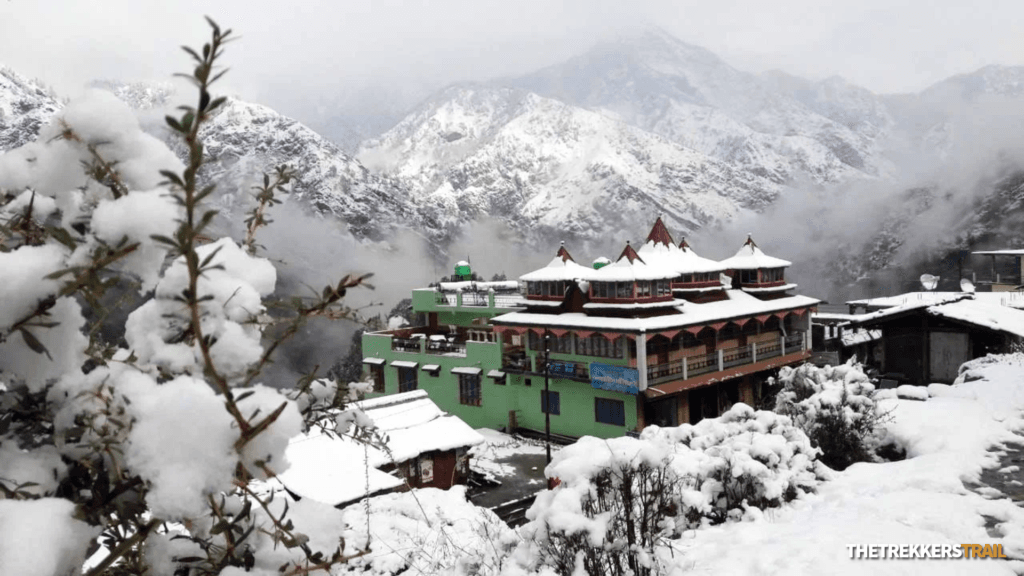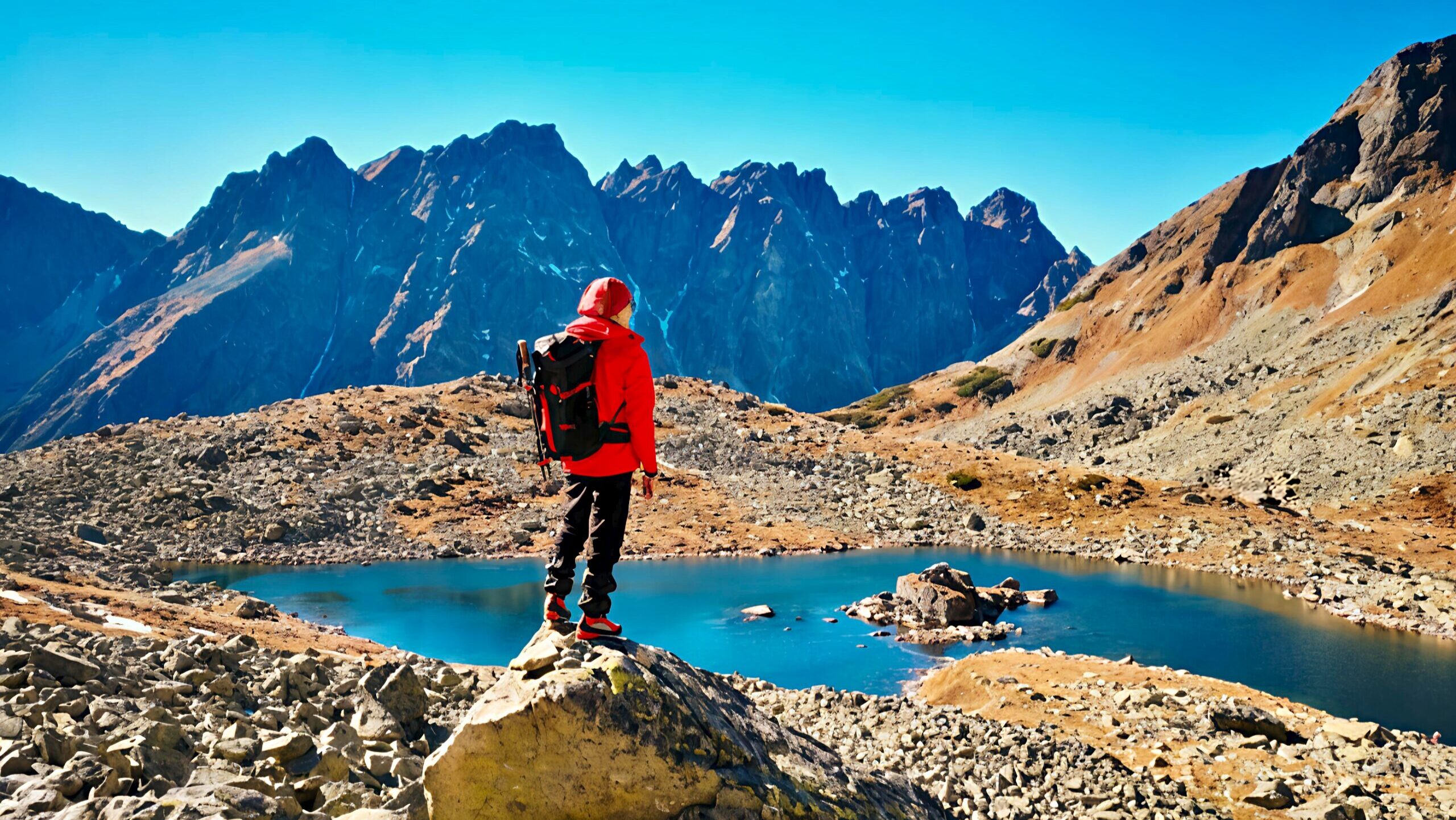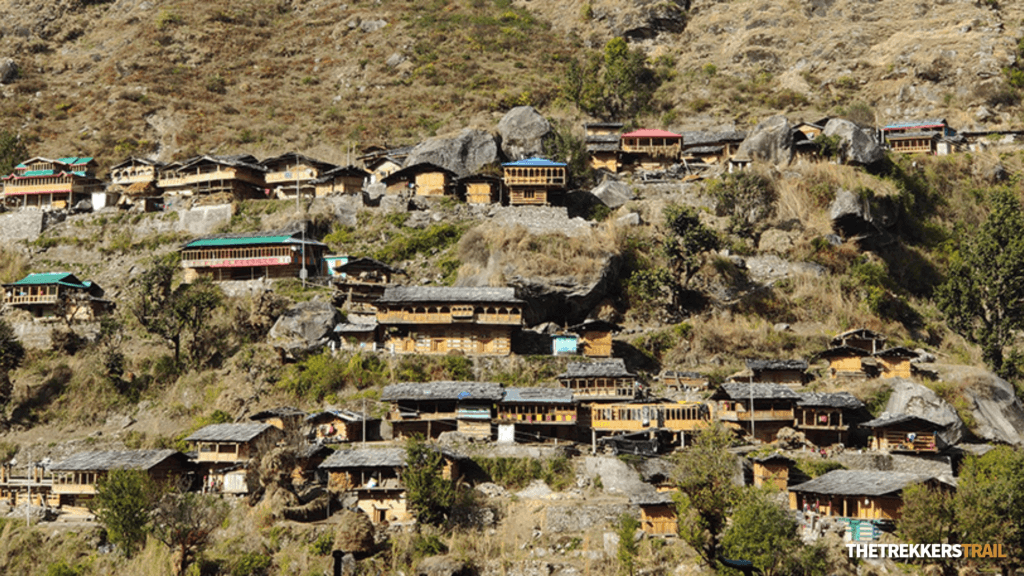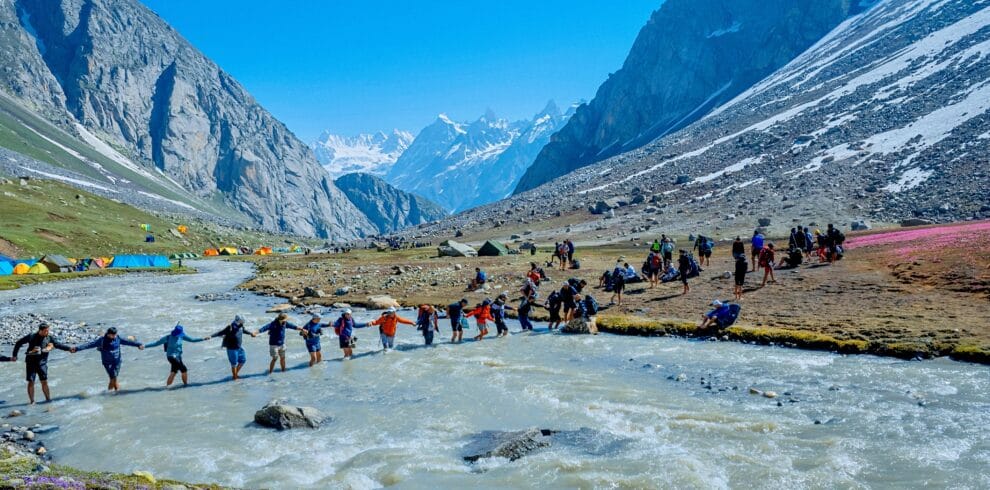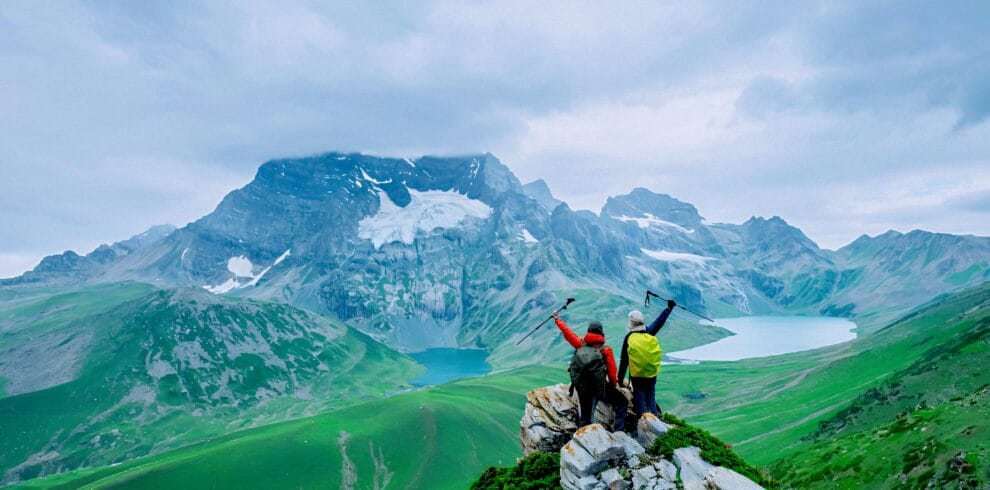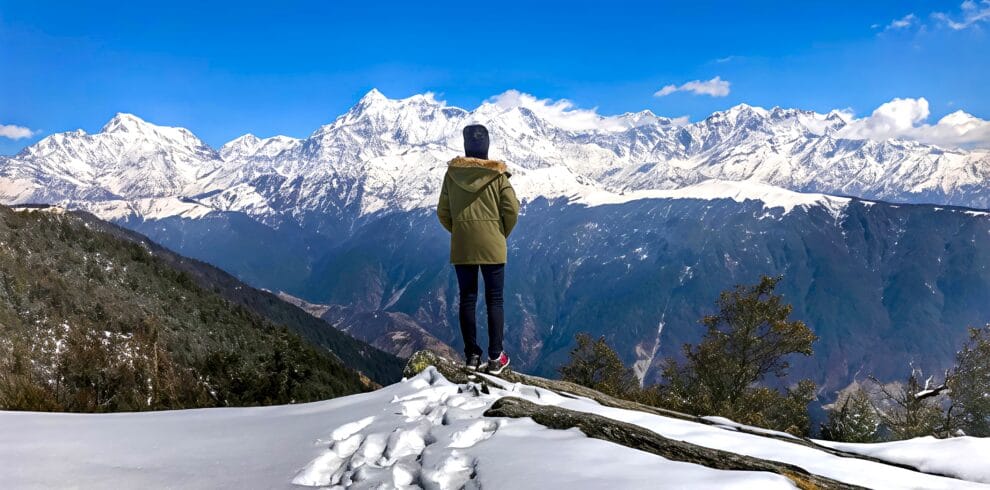Trek Info
-
Homestay and tents
-
Dehradun
-
12000 Ft
-
54 Km
-
April | May | June | September | October | November
HAR KI DUN ITINERARY
Day 01 :
Dehradun to Sankri Drive
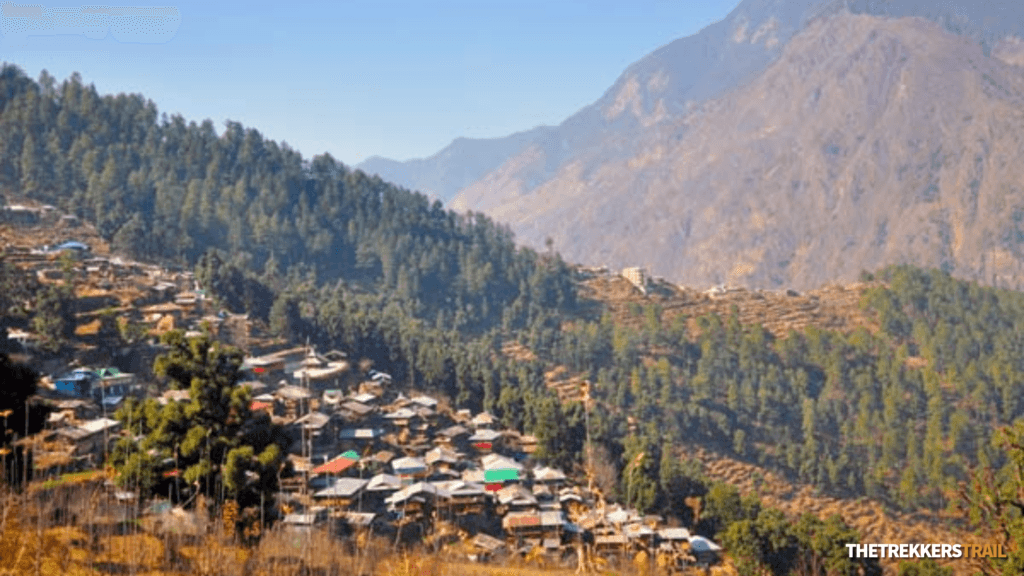
Distance: 200 km | Duration: 8–9 hours | Altitude: 6,309 ft
Start your journey with a scenic drive from Dehradun to Sankri, a quaint village nestled in Uttarkashi. En route, witness lush valleys of the Yamuna and Tons rivers, and charming villages like Nainbagh, Nowgaon, Purola, Jarmola, Mori, and Netwar. Immerse yourself in rural Himalayan culture with views of terraced fields and wooden houses. Arrive at Sankri by evening. Check in to your hotel for a comfortable overnight stay with dinner.
Day 02 :
Sankri to Dharkot via Taxi | Trek to Cheludgad
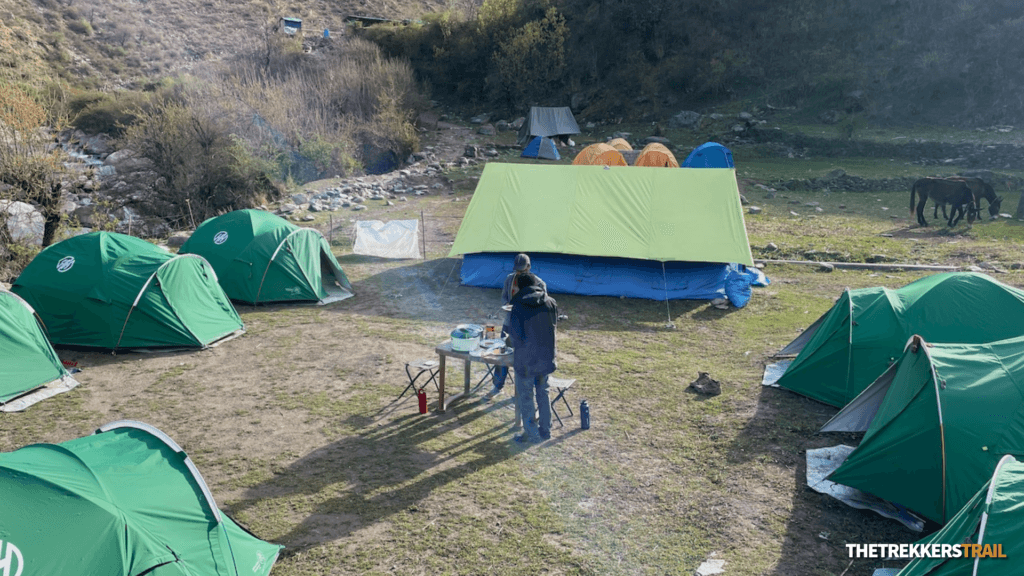
Drive: 21 km | Trek: 6 km | Time: 4–5 hours | Altitude Gain: 6,309 ft → 8,158 ft
After breakfast, take a short scenic drive to Dharkot. Begin the trek beside the pristine Tons River, with enchanting views of pine forests and wildflowers. Packed lunch on the way. Reach Cheludgad campsite by late afternoon. Unwind, enjoy evening refreshments, and soak in the peaceful surroundings. Dinner and overnight stay at the campsite.
Day 03 :
Trek from Cheludgad Camp to Bhosla Camp
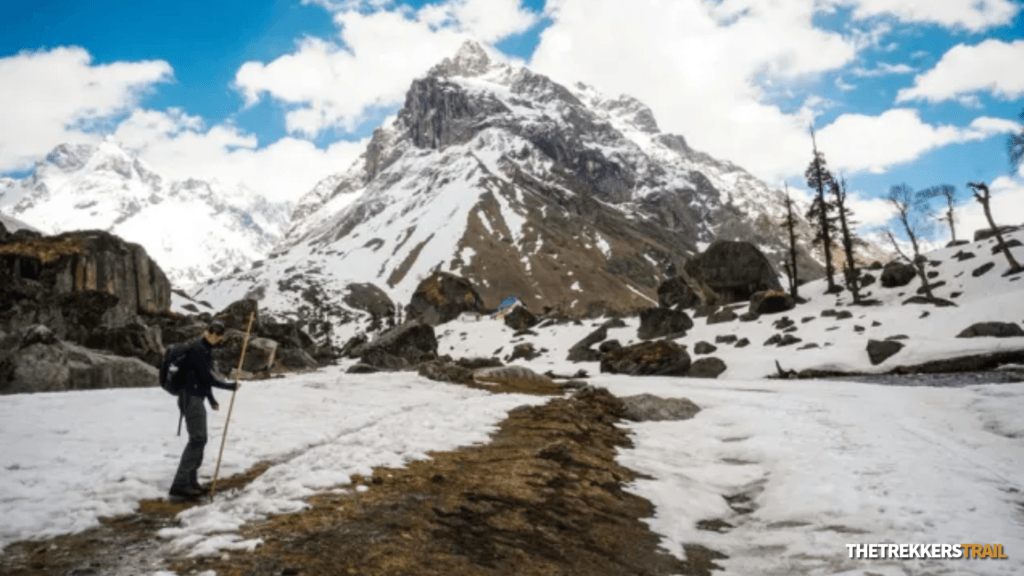
Trek Distance: 12 km | Time: 7–8 hours | Altitude Gain: 8,158 ft → 9,795 ft
Wake up early to a fresh mountain morning. Post breakfast, begin your moderately challenging trek through dense forests and alpine meadows. Arrive at Bhosla Camp around lunch. Enjoy the tranquil surroundings, go for a light evening walk, and indulge in warm snacks. Dinner and overnight stay at the campsite.
Day 04 :
Exploration Day Har Ki Dun and Manida Tal
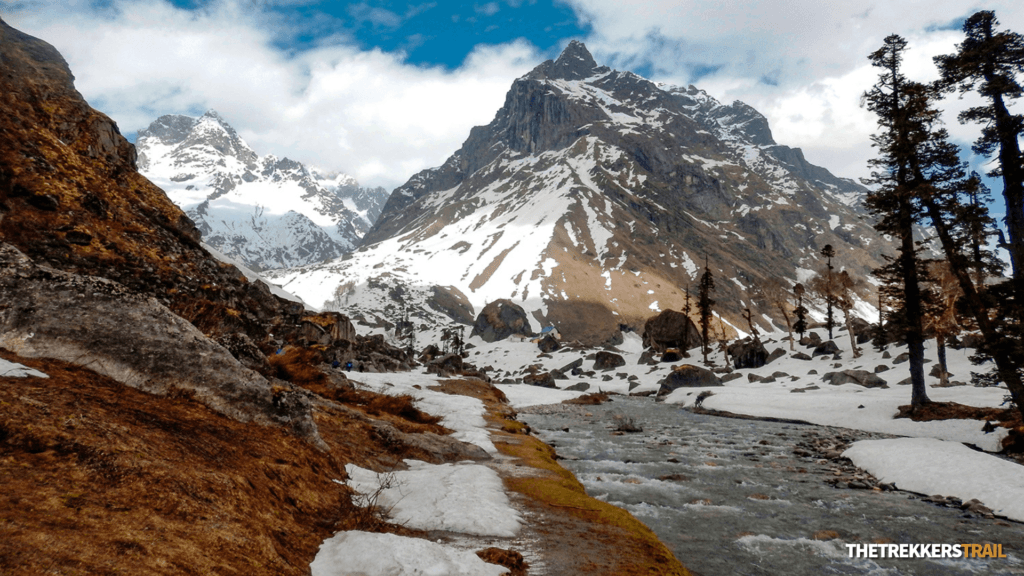
Trek Distance: 8 km (round trip) | Time: 9–10 hours | Altitude: 9,795 ft → 12,720 ft
Begin your summit day after an early breakfast. Trek to the majestic Har Ki Dun Valley, often referred to as the “Valley of Gods,” with panoramic views of Swargarohini, Bandarpoonch, and Kala Nag peaks. Visit Maninda Tal, a serene high-altitude lake surrounded by peaks and wildflowers. Return to Bhosla Camp by evening. Enjoy a hearty dinner and well-deserved rest.
Day 05 :
Bhosla camp to Cheludgad Camp
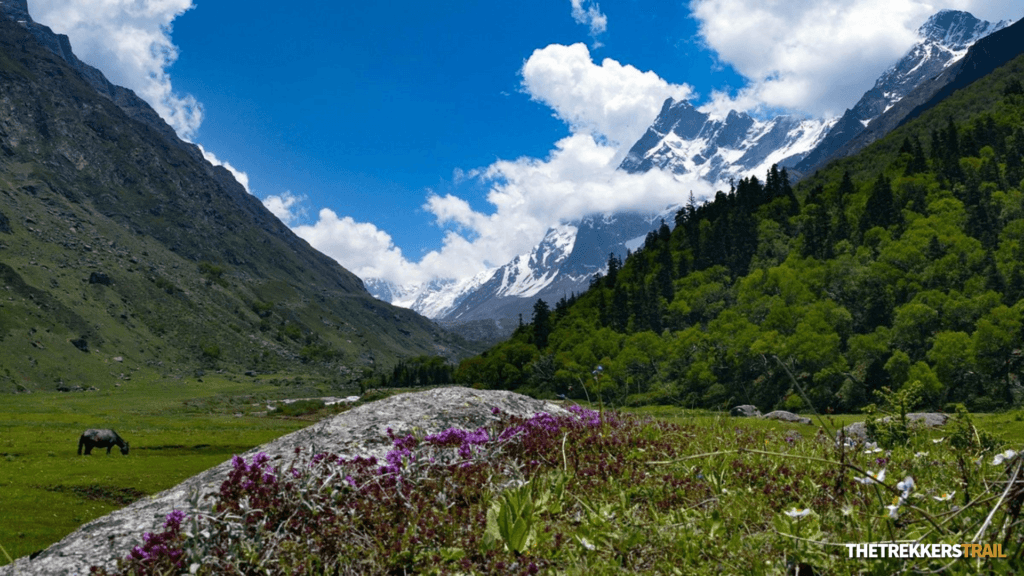
Trek Distance: 12 km | Time: 5–6 hours | Altitude Loss: 9,795 ft → 8,158 ft
Post breakfast, begin your descent through the same enchanting trail. Packed lunch en route. Enjoy a relaxed walk along the riverbank with scenic forest views. Reach Cheludgad Camp by late afternoon. Refresh, relax, and enjoy your last night in the wild with dinner and a warm campfire.
Day 06 :
Cheludgad to Sankri
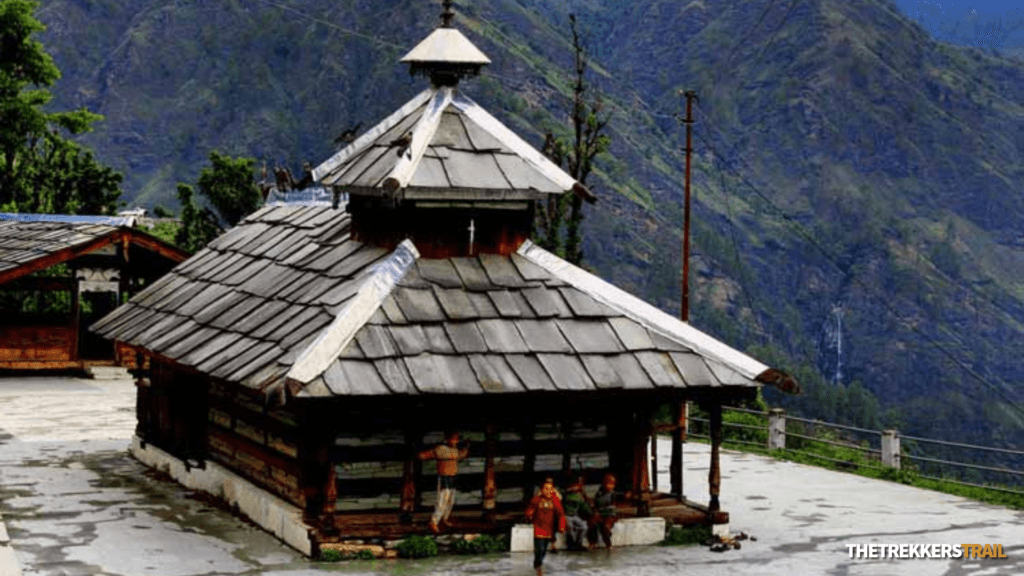
Trek: 6 km | Drive: 21 km | Time: ~4 hours
Start your final trek after breakfast from Cheludgad to Dharkot. Upon reaching Dharkot, board the vehicle for your return drive to Sankri. Check in to your hotel at Sankri. Enjoy a celebratory dinner and a well-earned rest.
Day 07 :
Sankri to Dehradun
